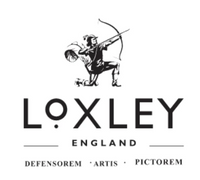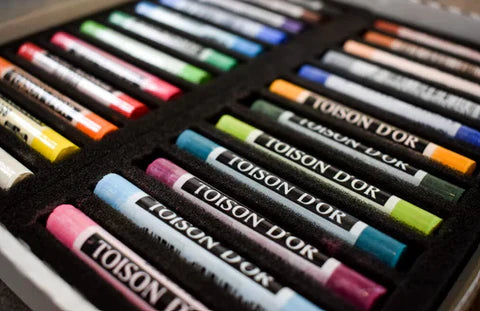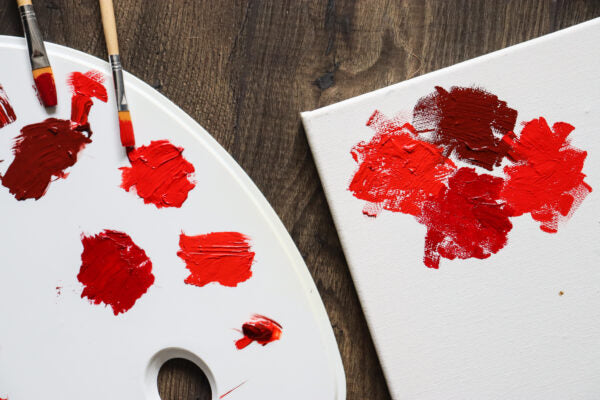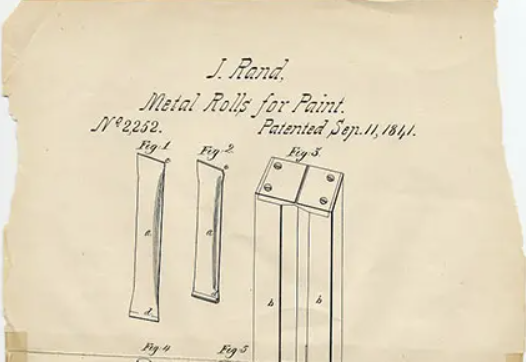John Constable – his Life, Artistic Inspiration and Legacy
John Constable remains a major influence on many of today’s landscape artists as they develop their own skills and style of painting. For his artworks, he used many artistic materials and tools that are still popular today such as oil paints, watercolours, pencils, canvas and easels. Of course, today’s paints are generally less toxic and more environmentally friendly, but many artists still share Constable’s joy of capturing the natural landscape and people’s daily interaction with it, just as he did in his day.
In celebration of this famous English artist’s birthday, Loxley Arts are offering special prices on art materials from the 9th to 23rd June 2023 for his many followers.
Let’s look at some interesting facts about John Constable, his life, inspiration and the legacy he left us with.
Where did John Constable live?
John Constable (11 June 1776 – 31 March 1837) was born in East Bergholt, Suffolk, a village on the River Stour to Golding and Ann Constable. His Father Golding was a corn and coal merchant, the owner of Flatford Mill in East Bergholt and, later, Dedham Mill. Constable was the second son to his parents, but his older brother was mentally handicapped, so John was expected to succeed his father in the business. Around 1792, Constable did work in the family corn business after leaving school, but his younger brother eventually took over the running of the mills.
Constable’s inspiration and development
In 1794, Constable embarked on a sketching tour in the surrounding Suffolk countryside. This is where his love for sketching landscapes developed, in his own words, the countryside scenes, "made me a painter, and I am grateful"; "the sound of water escaping from mill dams etc. willows, old rotten planks, slimy posts, and brickwork, I love such things." Three years later, in 1797, Constable made his first etchings. After persuading his father to let him pursue art, Constable entered the Royal Academy Schools as a probationer, in 1799. Paintings by Thomas Gainsborough, Claude Lorrain, Peter Paul Rubens, Annibale Carracci and Jacob Van Ruisdael inspired Constable during this period. By 1803, he was exhibiting his paintings at the Royal Academy.
The importance of John Constable’s influence on art
His pictures are now extremely popular, but they were not particularly well received in England during his lifetime. This was mainly because Constable’s usual subjects, scenes of ordinary daily life, were unfashionable in an era that looked for scenes of romantic wild landscapes and ruins. However, he had considerable success in Paris, where the simple beauty of the working life and ‘realist’ scenes had begun to be appreciated. After 1811, he visited John Fisher in Salisbury, where the cathedral and surrounding landscape inspired some of his greatest paintings.

The Art Materials of John Constable
In his early art, Constable used smaller painting surfaces that, along with a portable easel could be carried with ease across the countryside he so loved to sketch. As his confidence increased, so did his size of canvas, and by the 1820s was painting on “six-footers”. These large canvases gave him the expansive room to express the importance of landscape art and brought the critical breakthrough in recognition of this revolutionary style. Most of his most famous paintings are on ‘six-footer’ large dimension canvas.
John Constable made full use of oil paint’s versatility, using brushes, palette knives and other tools to produce a variety of marks – “piled up or scraped down, aggressively jabbed or tightly and precisely touched, spread with a knife, scratched … splattered and smeared” is how Jonathan Clarkson describes it in his book Constable, London 2010.
His severe and frequent bouts of rheumatic fever and occasional depression, along with raising his seven children alone after 1828 impacted his art in scope and media. In the latter years of his life, he turned back to smaller artworks and also worked in watercolours, as these are easier to put aside and come back to later.
The use of traditional and more recent developments in art materials allowed Constable a vast range of colour mixes and techniques. Upon his sudden death, his studio materials included wooden mixing palettes, a sketch box, chalk holder, palette knife, stretched canvas, easels, linseed oil and pine turpentine and many colours.
In 1816, Constable and his wife Maria Bicknell got married and eventually had seven children together. She died in 1828, which changed his life considerably. Constable died in 1837 at Bloomsbury (believed to be 31s March or 1st April), and was buried in the churchyard of St John’s, Hampstead.
Notable Exhibitions
- British Institution from 1808
- Liverpool Academy 1813-14
- Birmingham Society of Arts from 1829
- Worcester Institution 1834-6
He was made an Associate of the Royal Academy in 1819, and a Royal Academician in 1829.






